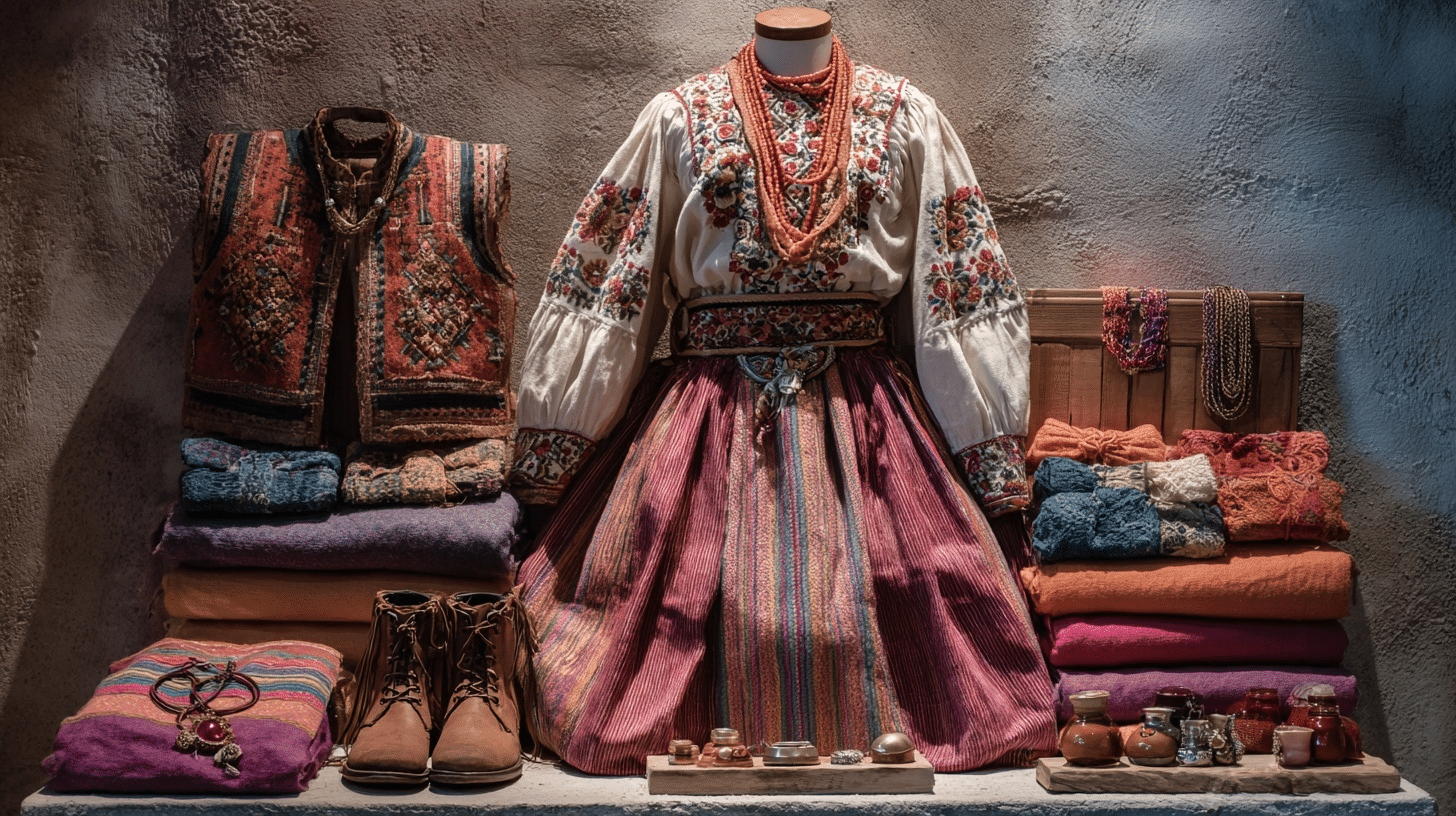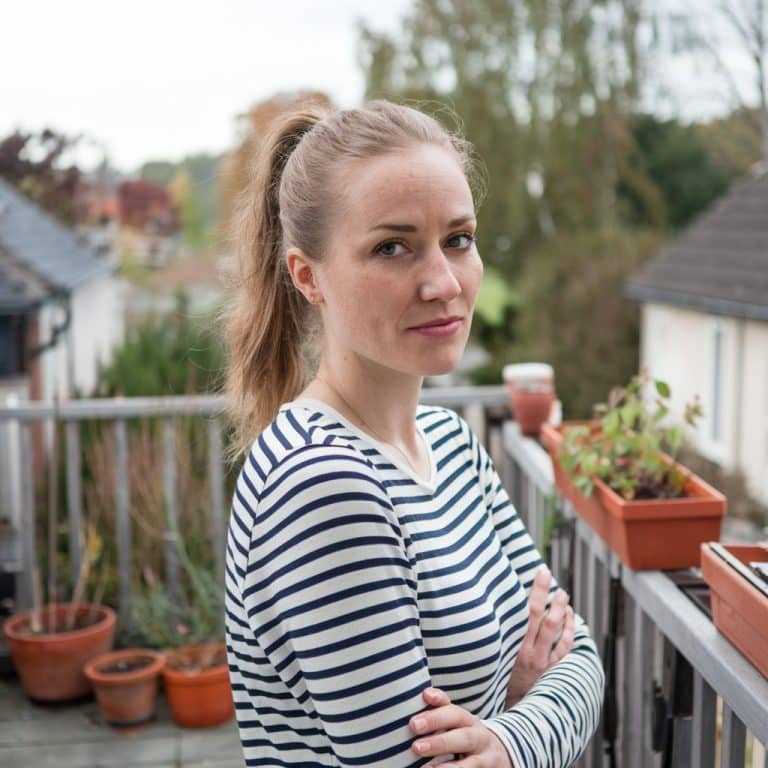There’s something magical about folklore dresses that evokes a sense of connection to stories passed down through generations.
You know that feeling when you see someone wearing a flowing peasant blouse or embroidered vest? That’s folklore style calling your name.
It’s about wearing history, tradition, and a little bit of mystery. Ready to add some storytelling magic to your wardrobe?
Let me show you how folklore fashion can turn your everyday look into something truly special.
What Does Folklore Mean in Fashion
Folklore fashion is like wearing your grandmother’s stories. It pulls inspiration from traditional clothing that common people wore centuries ago.
Think peasant dresses, embroidered blouses, and handwoven fabrics that tell tales of simpler times.
This style celebrates the everyday heroes of history. Not the kings and queens, but the farmers, artisans, and storytellers who kept culture alive through their clothing. Folklore fashion honors these forgotten fashion moments.
The beauty lies in its authenticity. Every stitch, pattern, and fabric choice connects us to real people who lived real lives. It’s fashion with a soul and a story to tell.
A Brief History of the Roots of Folklore Fashion
Here’s how folklore fashion evolved from humble beginnings to runway magic:
Medieval Beginnings
Medieval peasants laid the foundation for the development of the folklore style. They wore practical linen tunics, woolen cloaks, and leather accessories.
These weren’t fashion statements but survival gear that happened to look beautiful.
Renaissance Folk Traditions
The Renaissance brought more decorative elements. Regional differences emerged as communities developed their own embroidery patterns, color combinations, and silhouettes.
Each village had its signature style.
Industrial Revolution Impact
Machine production threatened handmade traditions. But folklore fashion survived because people valued the personal touch.
Hand-embroidered details became symbols of resistance against mass production.
Modern Revival Movements
The 1960s folk revival brought these styles back. Designers started incorporating traditional elements into contemporary fashion.
Suddenly, peasant tops and prairie skirts became symbols of counterculture.
Key Pieces Used in Folklore Style Clothing

Ready to build your folklore wardrobe?
These essential pieces form the backbone of authentic folklore fashion, each carrying centuries of tradition and style.
| Clothing Piece | Description | Traditional Origins |
|---|---|---|
| Peasant Blouse | Loose-fitting top with gathered sleeves and embroidered details | Eastern European farm workers |
| Prairie Skirt | Long, flowing skirt with multiple tiers or layers | American frontier women |
| Embroidered Vest | Sleeveless jacket with intricate needlework patterns | German and Austrian folk costumes |
| Corset Top | Structured bodice with lace-up front or back | Medieval European undergarments |
| Folk Boots | Leather boots with decorative stitching or buckles | Rural working communities |
| Shawl/Wrap | Woven or crocheted covering for shoulders | Traditional women’s accessories |
Mix and match them to create looks that feel both timeless and fresh.
How is Folklore Modernized by Designers
Contemporary designers breathe new life into traditional designs, creating pieces that honor the past while resonating with today’s fashion lovers.
- Updated Silhouettes: Designers take traditional shapes and adjust them for modern bodies. A peasant blouse gets a fitted waist, or a prairie skirt becomes midi-length for everyday wear.
- Luxury Fabrics: High-end materials replace rough homespun cloth. Silk replaces linen, cashmere substitutes wool, creating folklore pieces suitable for upscale occasions and red carpets.
- Contemporary Color Palettes: Traditional earth tones expand to include modern colors. Designers add pastels, metallics, and bold hues while maintaining the folkloric essence and authentic feel.
- Mixed Cultural Elements: Modern folklore fashion borrows from multiple traditions. A dress might combine Mexican embroidery with Scandinavian silhouettes, creating globally inspired pieces.
- Technology Integration: Machine embroidery recreates hand-stitched looks more quickly and affordably. Digital printing reproduces traditional patterns on modern fabrics, making folklore more accessible to a wider audience.
Conclusion
Folklore fashion connects us to something bigger than trends. It reminds us that style has always been about storytelling, community, and celebrating the beauty in everyday life.
Whether you choose one statement piece or build an entire folklore wardrobe, you’re participating in a tradition that spans centuries.
So, the next time you slip on that embroidered blouse or flowing skirt, remember that you’re wearing a piece of history.


